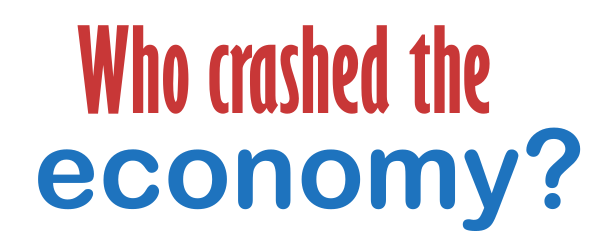Chronic housing affordability has seen the number of first home buyers drop by almost 50 percent in Adelaide. Figures supplied to the Adelaide Advertiser by Treasury, show only 6570 South Australian First Home Buyers signed on the dotted line to purchase a home in 2010-11, a dramatic drop from the 11,197 and 12,523 commitments in 2009-10 and 2008-09 respectively.
Affordability hit all time lows just before the first GFC jitters in 2008 as both house prices and consequently household debt levels hit all time highs. This and the GFC, caused the RBA to suddenly drop interest rates and the government to introduce the First Home Buyers Boost, neither which addressed the fundamental problems. In fact, the boost actually encouraged young Australians to take on large amounts of debt and the frenzy push prices higher.
Now the boost has finished, and interest rates are ticking up again.
Toop & Toop managing director Anthony Toop said “It was a stimulus package, it wasn’t fixing the problem,” “Confidence within the banking system and the confidence of buyers have diminished which means it’s harder to get money and harder for a buyer to commit to a property.”
Judging by comments posted to articles on mainstream media and social networking sites, it’s also quite possible that young Australians are waking up to just how overvalued property is in Australia and are deciding to defer home ownership. Two weeks ago, 60 minutes aired a story on how, in some cases, it is now cheaper to rent than buy.
Meanwhile, The Telegraph has today reported on the Commonwealth Bank’s decision to pull out of the First Home Saver Account (FHSA) market, citing poor demand for the product. The First Home Saver Account was introduced shortly after the Boost to encourage young Australians to save for a home. It taxes the savings at 15 cents in the dollar and provides yearly government co-contributions but has restrictions that the proceeds of the account can only be used to purchase a home, or otherwise it has to rolled over into superannuation. Account holders must also contribute to the account for four separate financial years before they can access the funds. Recently, the FHSA legislation was changed allowing account holders to roll the money over into an eligible mortgage after four years, if they purchase a home beforehand, in a bid to increase take-up of the accounts.
According to the Telegraph, when introduced, Treasury forecasts predicted $4 billion would make it into 400,000 FHSA (average total of $10,000 each.) But the latest figures show aggregate FHSA only total $173 million distributed among the 27,400 accounts open.
First Home Savers simply find the accounts have too many restrictions. A CBA spokesperson told the Telegraph, 95 per cent of home-hunters preferred to save through term deposits and savings accounts “as opposed to using this particular product”
While first home savings are only taxed at 15 percent, the limited number of providers means there is little competition for savings rates. Currently the best deposit rate for FHSA is 5.50 percent while savers can get 6.51 percent from online savings banks such as uBank or better yields with Term Deposit products. These options also provide little restrictions should the account holder need to access the savings for other emergencies.
The Telegraph also points out the $85,000 cap on the account is too small for Sydney residents. If holders strive to save 20 percent for a deposit and eliminate LMI, then the accounts are only good for purchases up to $425,000. After this, holders will need to open another personal savings account or term deposit to save the remainder of the deposit.
» First-home buyer numbers drop by half – The Advertiser, 20th August 2011.
» Belt tightens as first-home scheme fails – The Telegraph, 20th August 2011.

Take any link out of the Ponzi chain and you have a problem. You have an even bigger problem when the MSM starts running stories like this on a Sunday, in the largest circulating paper in the country. There’ll sure to be a few smug greedy pricks choke on their coffees.
http://www.heraldsun.com.au/news/victorian-housing-crash-tipped/story-e6frf7jo-1226118822190